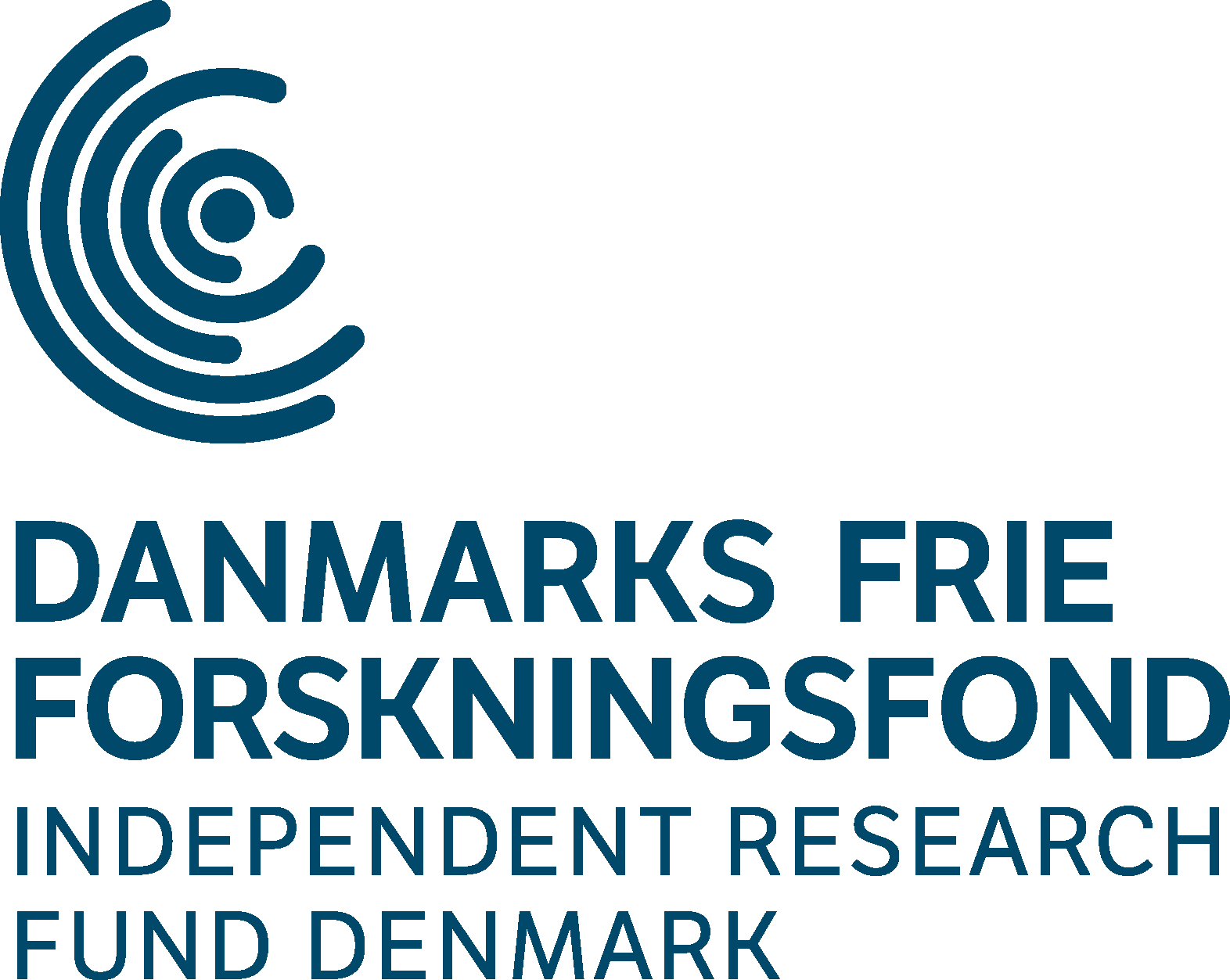| Birgitta Ruth Knudsen, Institut for Molekylærbiologi og Genetik | 2.878.678 | Topoisomerase 1 as a Novel Marker for Cellular Stress in Eukaryotes |
| Hans Otto Uldall Fynbo, Institut for Fysik og Astronomi | 2.874.473 | Measurement of 9Li and 8He decays for improving sensitivity of neutrino experiments |
| Ditlev Egeskov Brodersen, Institut for Molekylærbiologi og Genetik | 2.836.748 | Uncovering the molecular mechanism of bacterial carbon-phosphorus lyase |
| Brigitte Maria Städler, iNANO | 2.880.000 | 3D printed soft robotic frog with light-responsive legs |
| Sophia Yakoubov, Institut for Datalogi | 2.583.832 | YOSO: Efficient "You Only Speak Once" Secure Computation |
| Niels Christian Nielsen, Institut for Kemi | 2.880.000 | Multiple-Spin Effective Hamiltonian Optimal Control: Boosting sensitivity and resolution of dynamic nuclear polarization (DNP) and ultrafast-spinning 1H MAS NMR |
| Peter Grønkjær, Institut for Biologi | 2.871.404 | A metabolic squeeze on marine fish: Does the field metabolic rate limit the geographic distribution of fish populations? |
| Thomas Bjørnskov Poulsen, Institut for Kemi | 2.871.830 | Cracking the synthesis and discovering the biology of cyclohelminthol X |
| Simon Heiner Albrecht, Institut for Fysik og Astronomi | 2.861.032 | A Preponderance of Perpendicular Planets! How did that happen? |
| Jørgen Kjems, Institut for Molekylærbiologi og Genetik | 2.879.954 | The role of circRNA composition and subcellular localisation in neuronal development |
| Rikke Louise Meyer, iNANO | 2.880.000 | Emergent functions of extracellular DNA: The glue, the shield, the catalyst, and the electron shuttle |
| Thorsten Joachim Nagel, Institut for Geoscience | 567.792 | Tracking the ocean along the lower-upper-mantle boundary |
| Johannes Overgaard, Institut for Biologi | 2.864.096 | PUMPED UP: Linking active transport capacity to insect cold tolerance |
| Maximilian David Stritzinger, Institut for Fysik og Astronomi | 6.181.077 | Cosmography of Laniakea: Type Ia supernovae, Peculiar Velocities & Dark Matter |
| Jan Johannes Enghild, Institut for Molekylærbiologi og Genetik | 6.053.813 | Characterizing the proteolytic activation of CD109 and its effect on TGFβ signaling |
| Nikolaj Thomas Zinner, Institut for Fysik og Astronomi | 6.191.998 | QUAntum photonic Reservoir COMputing (QUARCOM) |
| Karl Anker Jørgensen, Institut for Kemi | 5.983.129 | Higher-order cycloadditions: development, scope, mechanism and bioactivity |
| Ioannis Caragiannis, Institut for Datalogi | 5.750.015 | Conceptual and Computational Challenges in Fair Division |
| Gergely Bérczi, Institut for Matematik | 5.613.613 | Hilbert scheme of points in higher dimensions |
| Ken Howard, iNANO | 2.787.054 | Biomolecular Module Assemblies as a Versatile and Potent Immune Modulator Platform |
| Magnus Kjærgaard, Institut for Molekylærbiologi og Genetik | 2.879.857 | Dessication chaperones for enzyme biotechnology |
| Stig Uggerhøj Andersen, Institut for Molekylærbiologi og Genetik | 6.191.534 | ZEN – Zero-vicine faba beans |
| Panagiotis Karras, Institut for Datalogi | 6.191.716 | ELAPSE: Enabling Elastic and Personalized Access to Large Heterogeneous Data |
| Claus Oxvig, Institut for Molekylærbiologi og Genetik | 2.878.678 | Hidden parts of ovarian IGF physiology |
| Rune Hartmann, Institut for Molekylærbiologi og Genetik | 2.875.366 | Balancing antiviral and pro-inflammatory responses to viral infections |
| Christian Kroun Damgaard, Institut for Molekylærbiologi og Genetik | 2.877.209 | Investigating circular RNA impact on ALS/FTD etiology |

